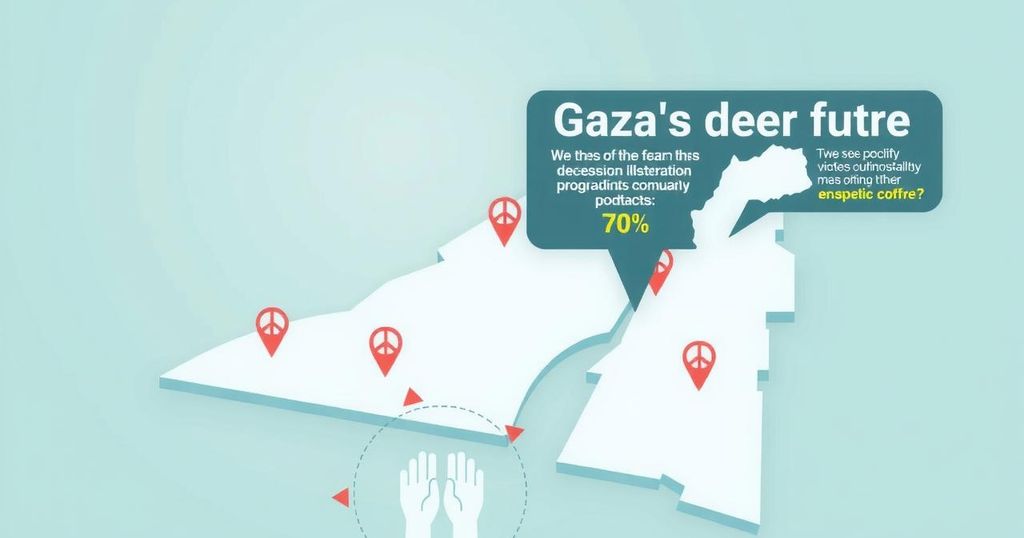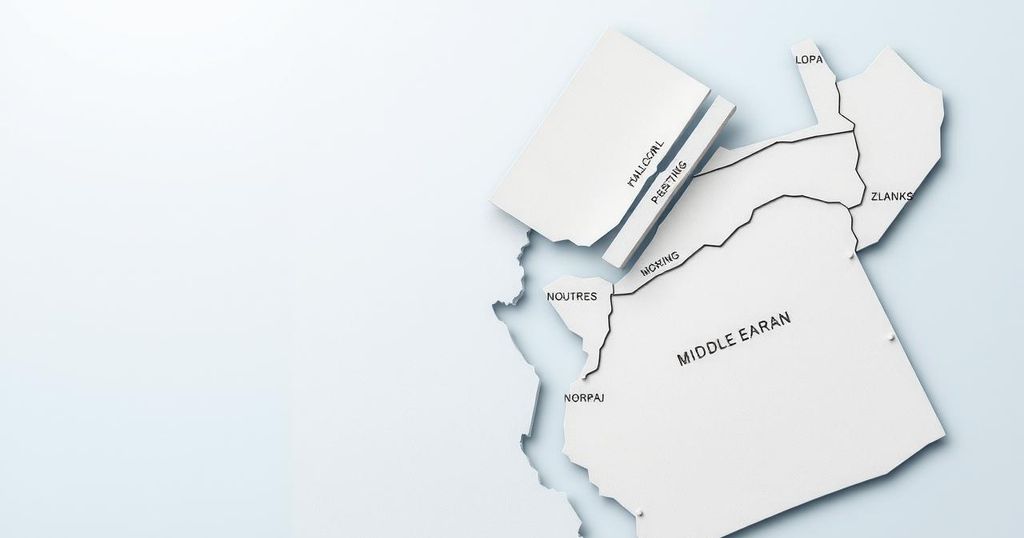This article explores two divergent plans for Gaza’s future—one proposed by Egypt, focusing on reconstruction and the Palestinian populace’s stability, and the other by Donald Trump, suggesting an evacuation and transformation into a US-managed territory. The Egyptian plan received Arab League support, while the Trump proposal was met with skepticism. International responses vary, showcasing a complex landscape of diplomatic engagement concerning Gaza’s future.
On March 4, the Arab League convened in Cairo to deliberate on a comprehensive plan for Gaza’s future, primarily driven by Egypt. The proposed plan, valued at approximately $53 billion, encompasses emergency relief, infrastructure reconstruction, and long-term economic development. While the plan received an endorsement from the conference, further refinement and detailed considerations are anticipated in subsequent stages.
On February 4, President Donald Trump unveiled his vision for the Gaza Strip, proposing it as a US-managed “Riviera of the Middle East.” This plan included the evacuation of approximately two million residents to adjacent Arab nations, eliciting surprise and skepticism globally, with many commentators suggesting it was a strategic shock tactic aimed to stimulate Arab involvement in Gaza’s future.
In response to Trump’s proposal, Egypt swiftly developed an alternative plan focusing on establishing “secure areas” in Gaza for Palestinians while reconstruction efforts unfold, led by Egyptian and international firms. This initiative aims to generate numerous jobs for the Gazan population. President Abdel Fattah al-Sisi emphasized the Arab consensus to support the reconstruction plan, ensuring that Palestinians remain on their land without displacement.
The Egyptian framework involves a three-phase process spread over five years. The first phase, projected to cost $3 billion, includes a six-month recovery period and relocation of 1.5 million displaced individuals into prepared housing. The subsequent phases, costing $20 billion and $30 billion respectively, will involve infrastructure rehabilitation and the construction of essential facilities including airports and industrial zones.
A notable feature of Egypt’s proposal is the formation of a temporary Governance Assistance Mission that excludes Hamas, tasked with overseeing humanitarian efforts and assisting in reconstruction until a reformed Palestinian Authority takes charge. Despite their exclusion, Hamas has embraced the plan, viewing it as a step toward greater Arab solidarity with the Palestinian struggle.
The summit’s outcomes included a call for the establishment of an international peacekeeping force in Gaza by the UN Security Council and Egypt hosting an international conference to finalize the reconstruction strategy. Funding for the initiative is expected to solicit contributions from wealthy Gulf states and will be administered through a trust fund overseen by the World Bank.
Furthermore, the plan outlines a future process for establishing a sovereign Palestinian state, emphasizing the importance of connectivity among the Gaza Strip, West Bank, and east Jerusalem. Notably, Trump’s comprehensive plan titled “Peace to Prosperity” also envisions a Palestinian state and interconnectivity through a network of roads and tunnels.
While Trump’s proposal faced immediate rejection from Palestinian leaders, it was met with varying responses from regional players, including some openness from Egypt and Saudi Arabia. Consequently, Egypt stated it recognizes the significance of evaluating the US initiative from the perspective of achieving a resolution to the Palestinian issue.
In contrast, the Egyptian plan met skepticism from US and Israeli officials, with the White House describing it as impracticable due to Gaza’s current conditions. Nonetheless, UN Secretary-General Antonio Guterres expressed support for the Arab-led initiative, highlighting collective efforts for Gaza’s reconstruction. Recent developments indicate that dialogues surrounding the proposals may evolve as negotiations continue between the US and Hamas regarding ceasefire terms.
In summary, the contrasting proposals for Gaza’s future reflect divergent strategies from Egypt and the Trump administration. Egypt’s comprehensive plan emphasizes reconstruction and stability, advocating for the Palestinian population to remain rooted in their homeland. Meanwhile, Trump’s proposal, characterized by its controversial evacuation strategy, aims for a transformative US-led redevelopment of Gaza. The mixed international reception of both plans indicates potential pathways for dialogue and negotiation, underscoring the importance of collaborative efforts in resolving the Palestinian issue.
Original Source: www.jpost.com




